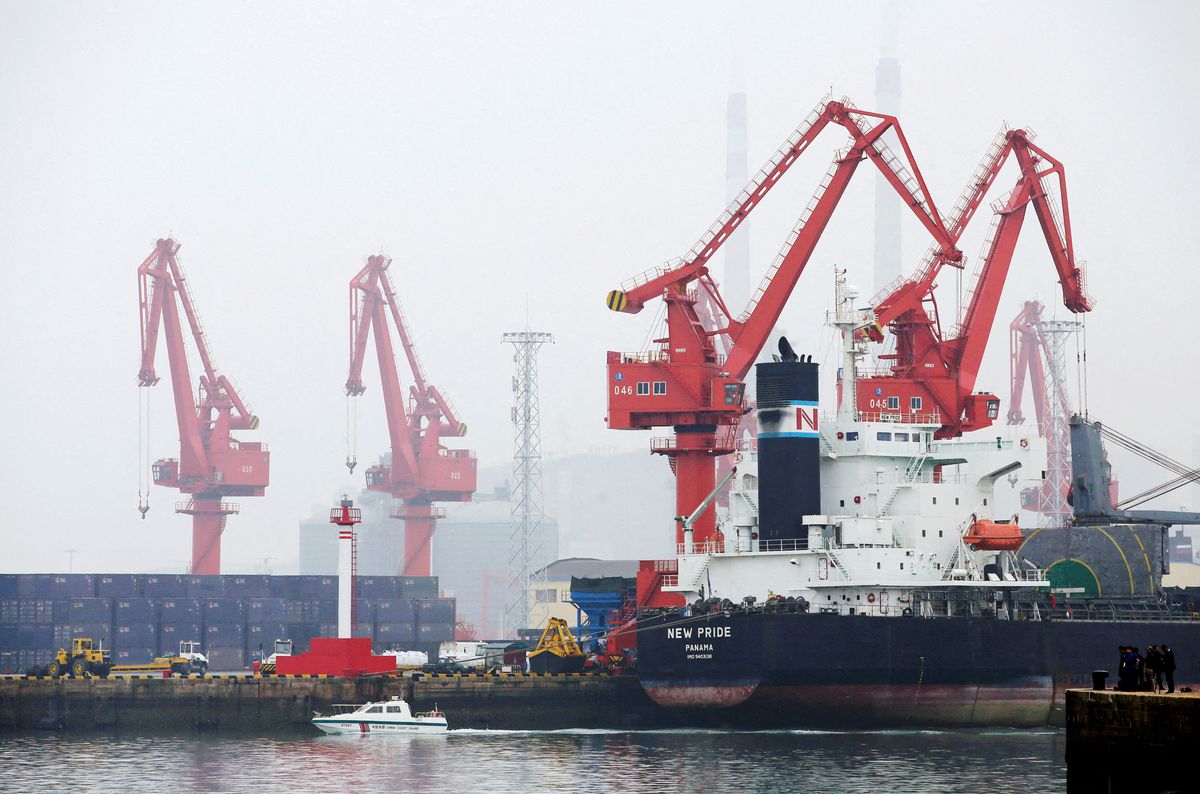Saudi Arabia exported nearly 13 per cent less oil to China in March than a year earlier but retained its top supplier spot, while shipments from second-ranking Russia slipped 14 per cent, Reuters’ calculations based on Chinese customs data showed.
Saudi crude arrivals totalled 6.858 million tonnes last month, equivalent to 1.61 million barrels per day (bpd), according to data from the General Administration of Customs.
That compared to an average of 1.81 million bpd during the first two months and 1.85 million bpd a year earlier.
Imports from Russia were at 6.39 million tonnes, or 1.5 million bpd, versus 1.75 million bpd in March 2021 and 1.57 million bpd in the January-February period.
The lower supplies from these two exporters came as China’s overall crude imports last month fell 14 per cent on year as independent refiners curbed purchases amid shrinking margins, and as large state-owned plants underwent maintenance.
As most of the March arriving Russian shipments were contracted before the Feb. 24 Russian invasion of Ukraine, any cut to Russian oil purchases due to worries of sanctions would only be reflected in data due for release in May.
Wednesday’s data showed zero imports from Iran, after customs reported two rare shipments in December and January which sources said were meant for government emergency stockpiling.
According to tanker tracking data, China’s imports of Iranian oil exceeded 700,000 bpd for January, surpassing the 623,000-bpd peak reached in 2017 before former US President Donald Trump reimposed sanctions in 2018 on Iranian oil exports.
Wednesday’s data did not show imports from Venezuela either, with state oil firms shunning imports since late 2019.
Imports from Malaysia, however, often used as a transfer point in the past couple of years for oil originating from Iran and Venezuela, held stable versus a year earlier at 1.9 million tonnes. That was up from an average of 1.08 million tonnes during the January-February period.
REUTERS




